HELLO,HIVE!
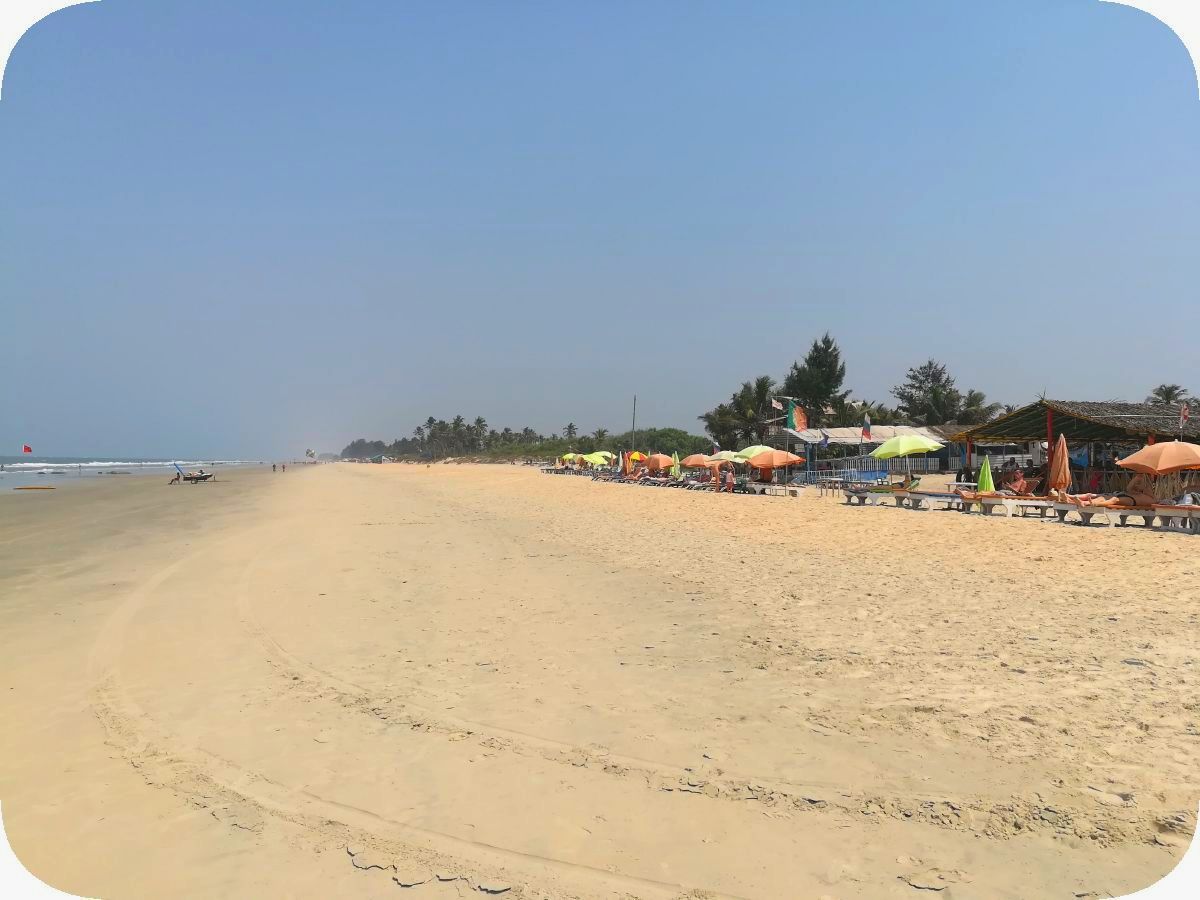
I like the beaches of South Goa more than the beaches of North Goa. Fewer people, noticeably better service, more beautiful views, they provide towels for sunbeds (not everywhere!). Varca is located between the beaches of Benaulim and Cavelossim. If you go to a beach called Varka, then you need to understand that Varka includes several beaches. These are Varka, Fatrade Beach, Zalor Beach and Carmona Beach. Although visually it is all one long beach. You can buy a trip to Varka, but you will live in Carmona or Zalor. Therefore, look at maps of the area before your trip, it helps.
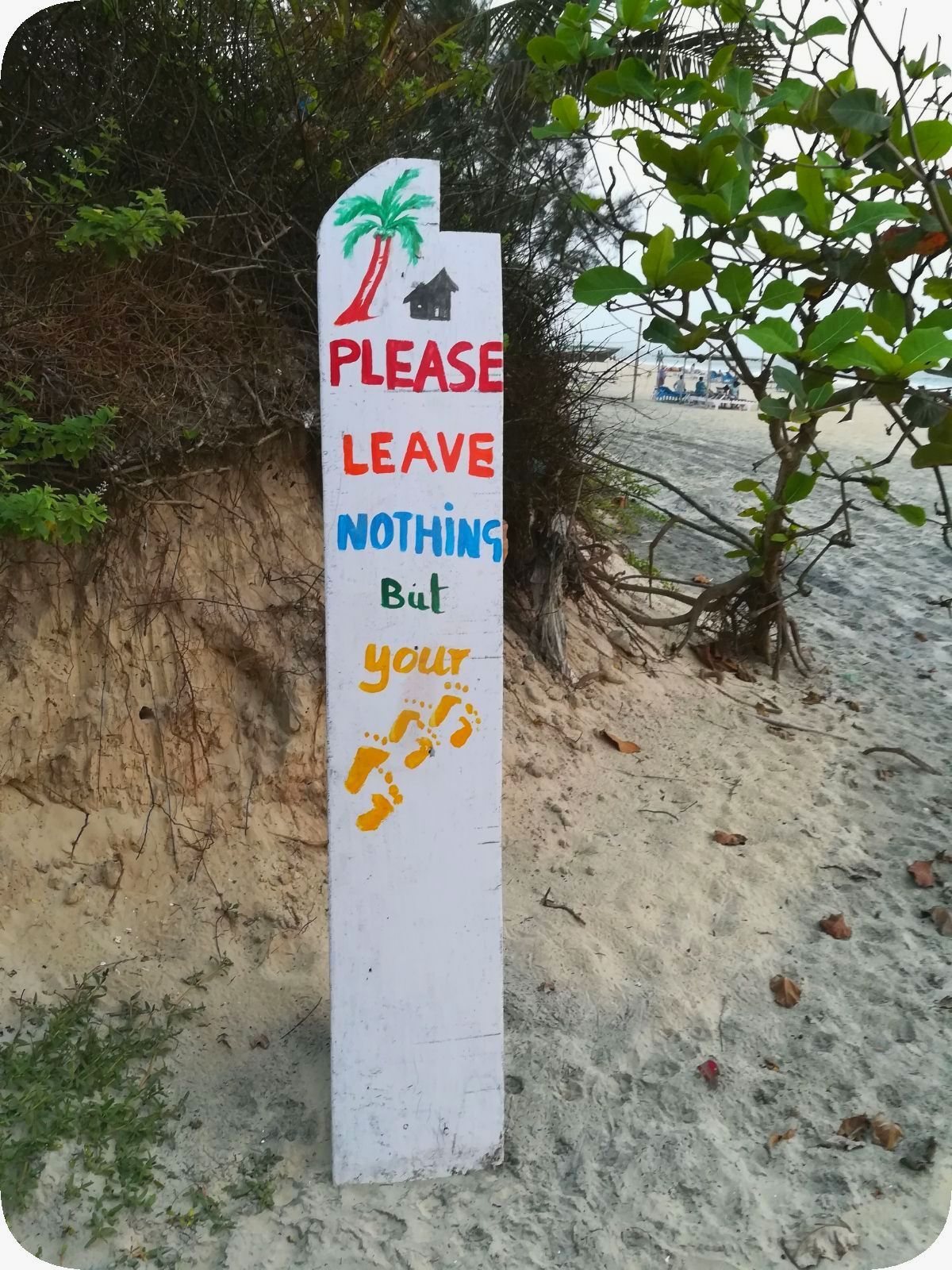
And now about the main thing! About the beach itself! One of the reasons why we chose this particular beach is the sand, which is very unusual for Goa. Most often in Goa there is red sand with shades from yellow to red. The sand here is white! And it is very fine, like powdered sugar. The sand sticks to the butt, just the way we like it! And when you walk on this sand, it crunches like starch. Closer to the entrance to the sea, the sand turns yellow. And in terms of sun loungers and beach cafes, it is closer to white and creamy. But this is not the cool shell sand of the Maldives; it’s difficult to walk barefoot here on a hot afternoon.

Something like that! Why not a bounty with the Caribbean coast?
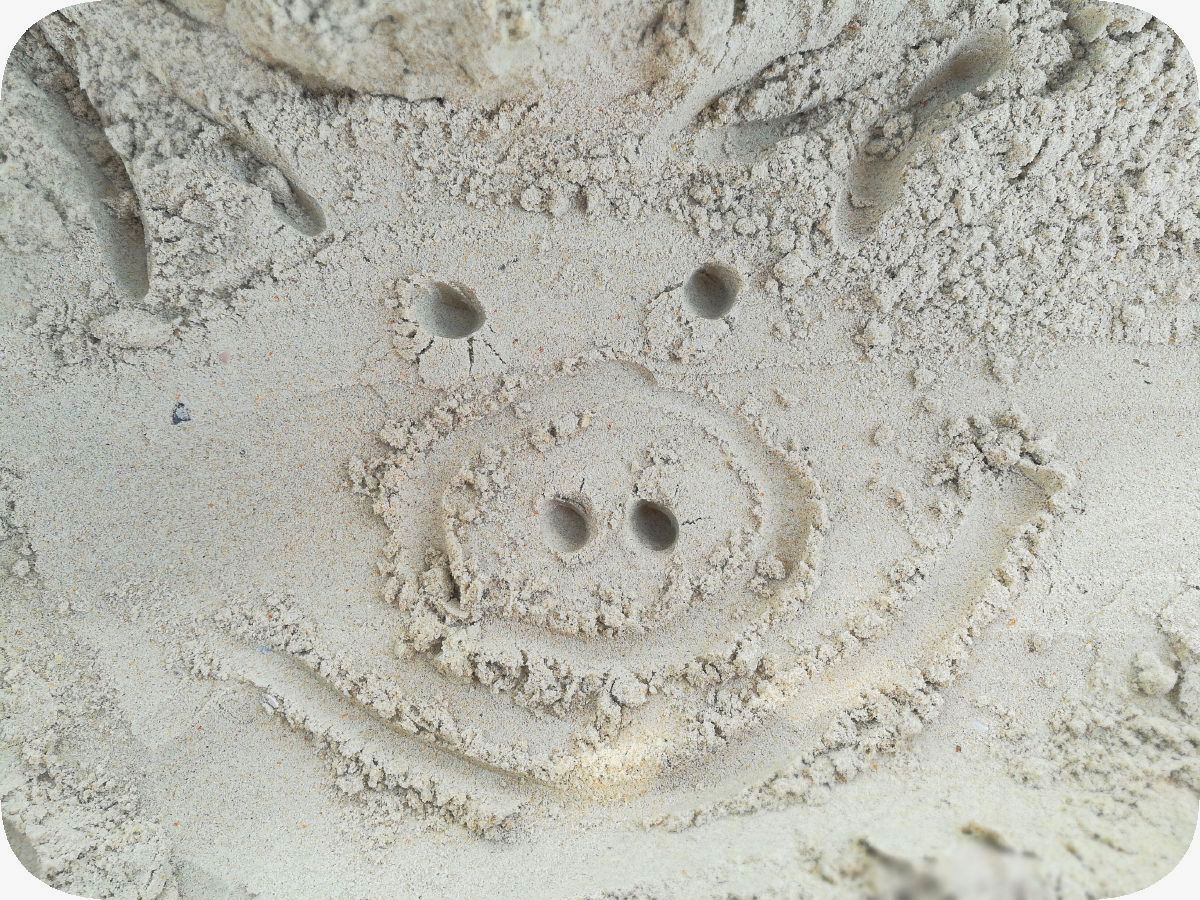
The beach is long and not very crowded. And compared to the neighboring huge Cavelossim, there is not a soul here at all. We once walked along the beach to Cavelossim, fortunately it’s a 40-50 minute walk. More on that another time, yeah.
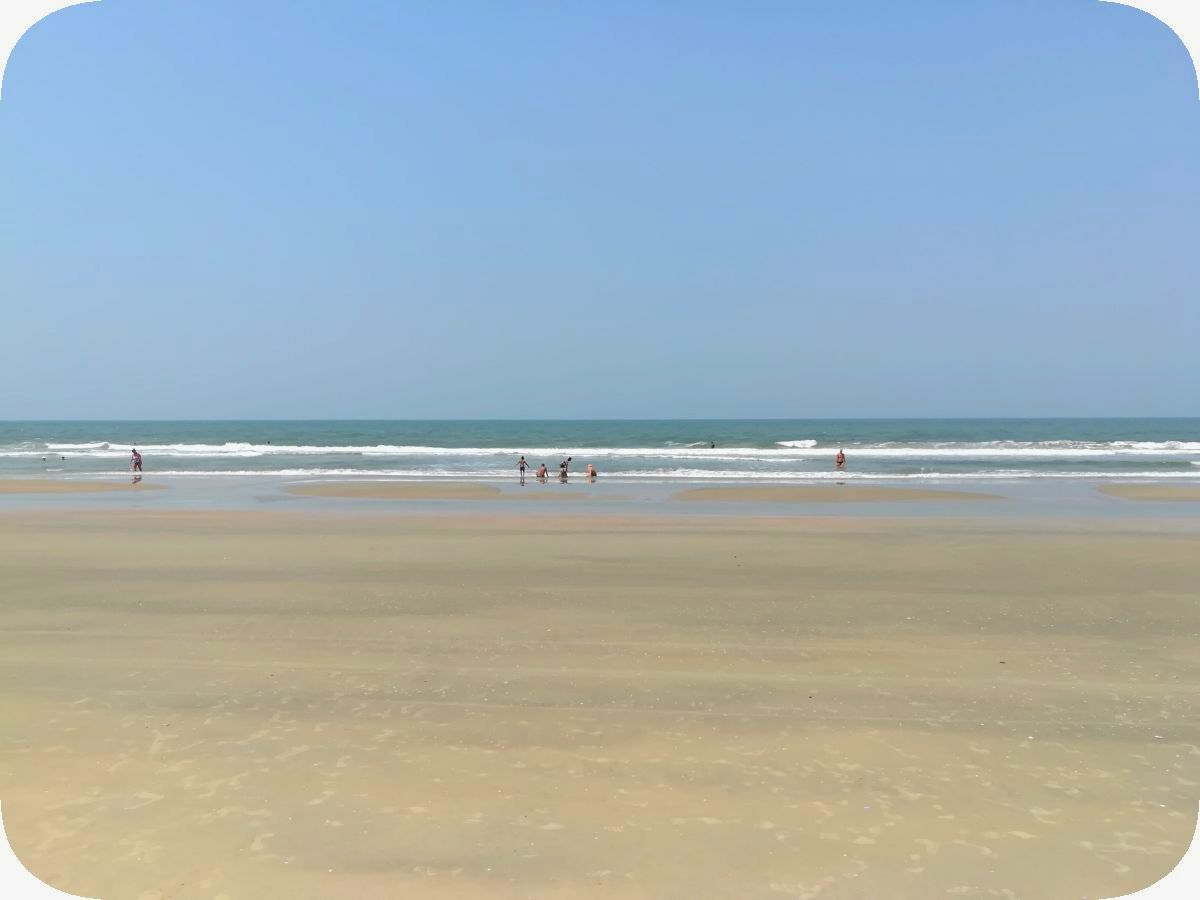
The entrance to the sea is gentle, sandy, and the depth does not begin immediately. There are waves, but swimming is quite comfortable. The water is a little cloudy due to the sand; in Agonda and Palolem the water was cleaner. From the end of March to the beginning of April, the waves become stronger, a strong wind appears, this is not Palolem with its quiet backwater. But April is already the end of the season, the beach sheks are starting to close. We witnessed wooden deck chairs being taken away on trucks. A funny sight!
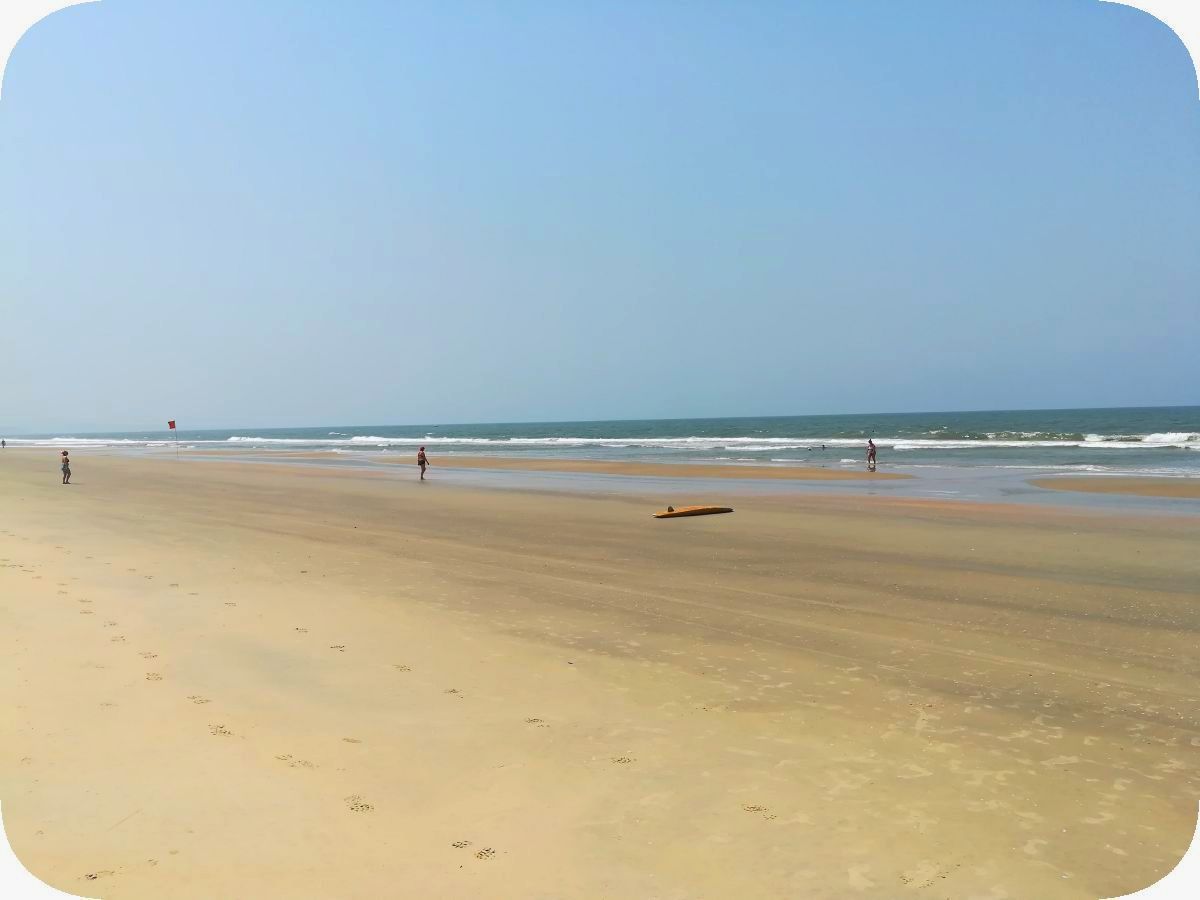
There is a lifeguard booth on the beach, and they often sit under a canopy on the beach.
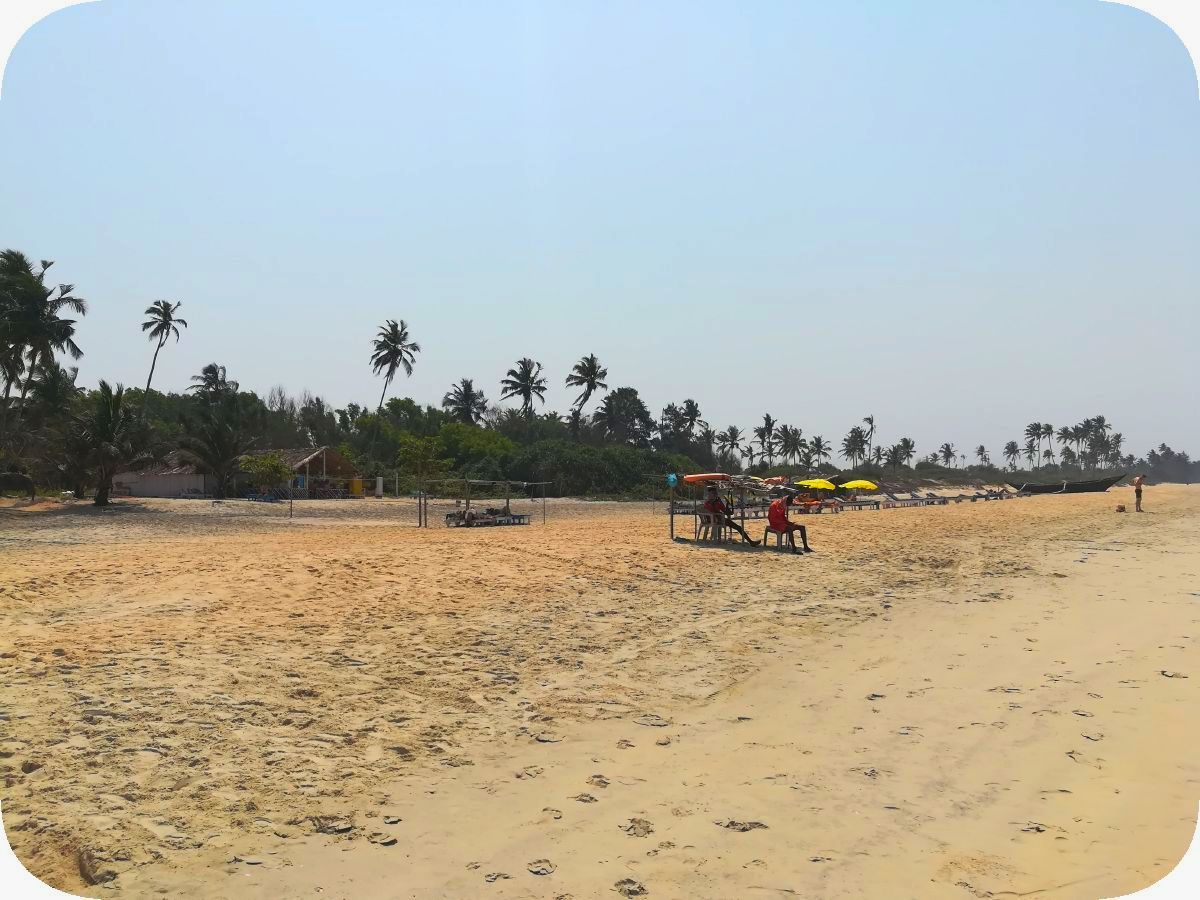
Sometimes Indians walk along the beach with a bull. They bathe him and walk him. But I didn’t see any cows here on the beach, there aren’t any. All the cows are grazing in the field, towards the village of Varki.
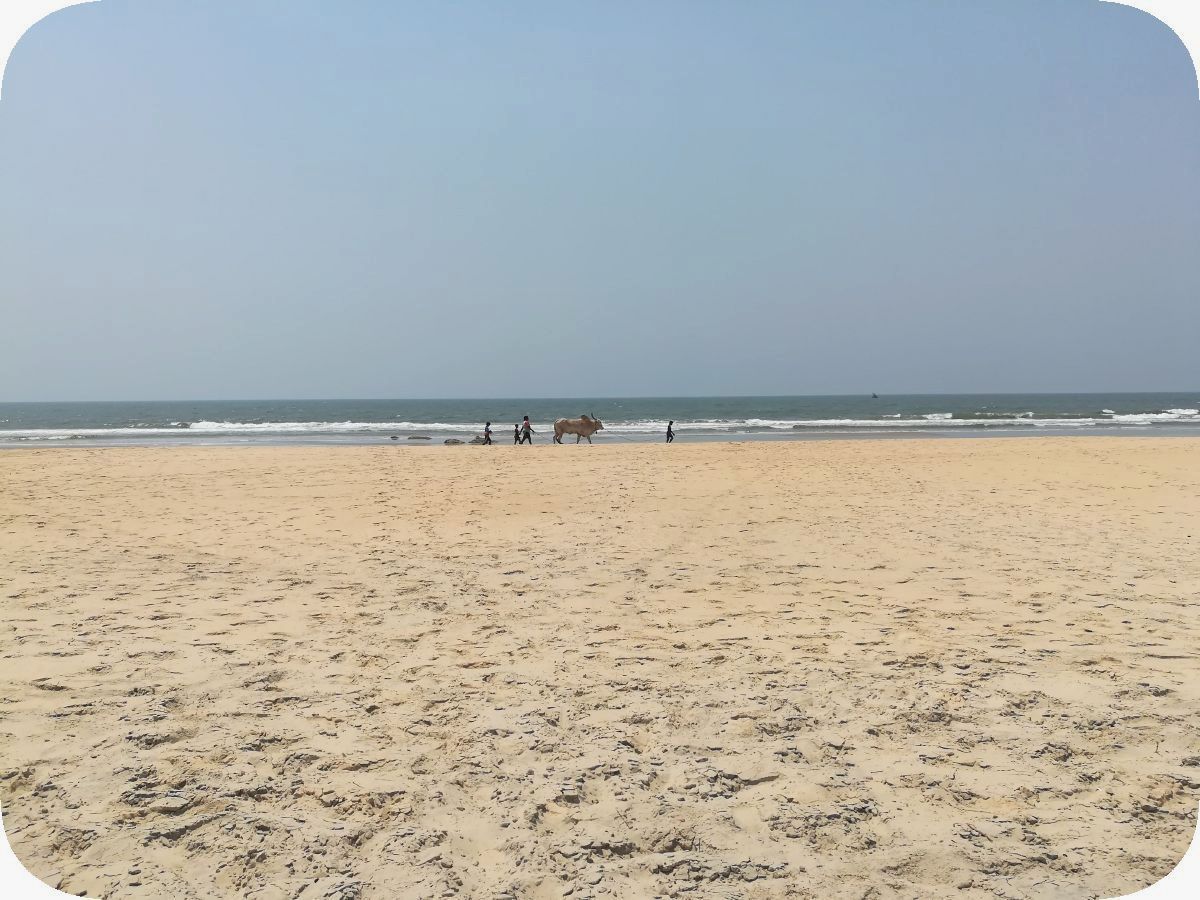
Separate waste collection has long reached India. By the way, the beach is relatively clean, it is lazily cleaned. There are almost no traders. Sometimes, in places, small black, smudged paths were visible at the water's edge. We asked the Indians what kind of garbage this was. The answer was depressing. Sometimes oil tankers pass here, this is from them.
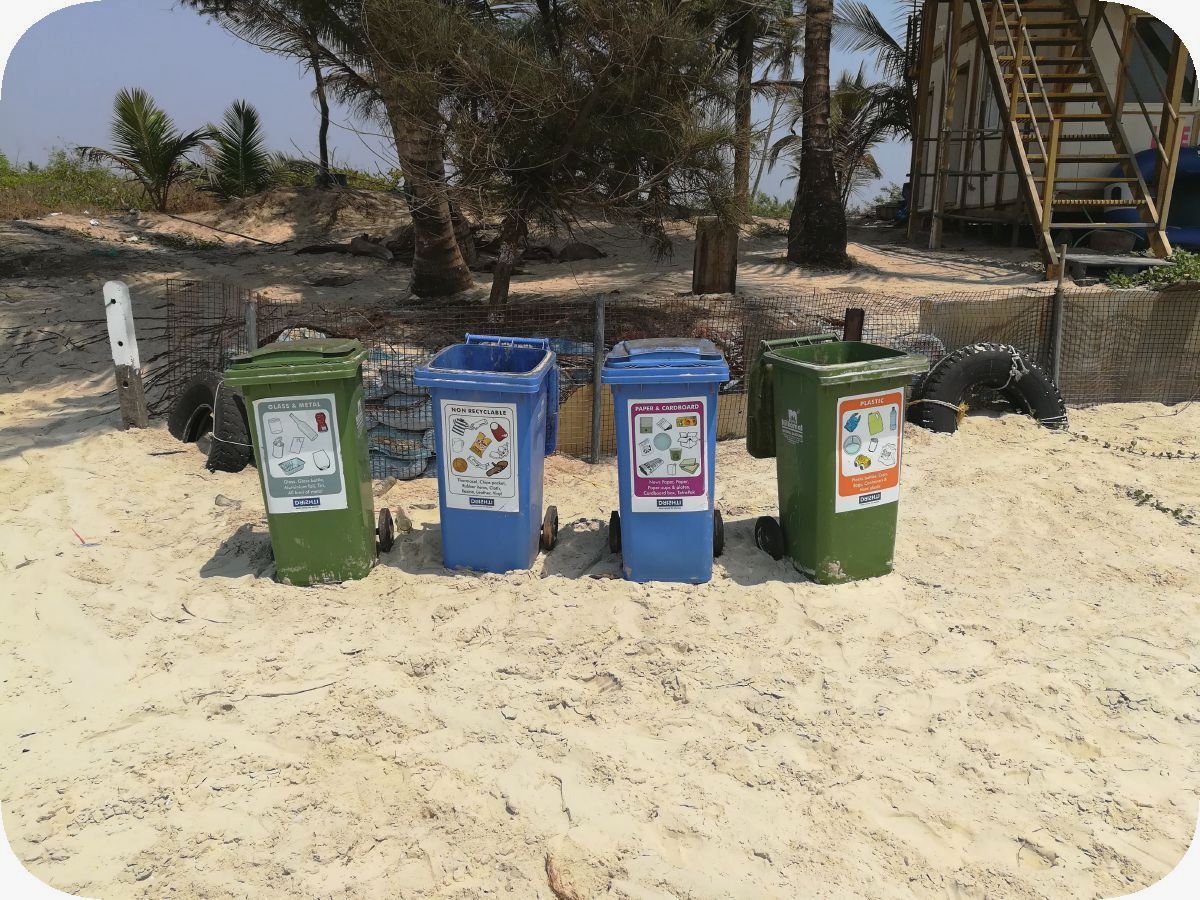
…to be continued…
●
Ich mag die Strände von Süd-Goa mehr als die Strände von Nord-Goa. Weniger Leute, spürbar besserer Service, schönere Aussicht, es gibt Handtücher für Sonnenliegen (nicht überall!). Varca liegt zwischen den Stränden von Benaulim und Cavelossim. Wenn Sie zu einem Strand namens Varka gehen, müssen Sie verstehen, dass Varka mehrere Strände umfasst. Dies sind Varka, Fatrade Beach, Zalor Beach und Carmona Beach. Obwohl optisch alles ein einziger langer Strand ist. Sie können eine Reise nach Varka kaufen, wohnen aber in Carmona oder Zalor. Schauen Sie sich daher vor Ihrer Reise die Karten der Umgebung an, das hilft.
Und nun zur Hauptsache! Über den Strand selbst! Einer der Gründe, warum wir uns für diesen besonderen Strand entschieden haben, ist der Sand, der für Goa sehr ungewöhnlich ist. Am häufigsten gibt es in Goa roten Sand mit Schattierungen von Gelb bis Rot. Der Sand hier ist weiß! Und es ist sehr fein, wie Puderzucker. Der Sand klebt am Hintern, ganz nach unserem Geschmack! Und wenn man auf diesem Sand läuft, knirscht er wie Stärke. Näher am Eingang zum Meer verfärbt sich der Sand gelb. Und was Sonnenliegen und Strandcafés angeht, ist es eher weiß und cremig. Aber das ist nicht der kühle Muschelsand der Malediven; an einem heißen Nachmittag ist es schwierig, hier barfuß zu laufen.
So ähnlich! Warum nicht ein Kopfgeld mit der Karibikküste?
Der Strand ist lang und nicht sehr überfüllt. Und im Vergleich zum benachbarten riesigen Cavelossim gibt es hier überhaupt keine Menschenseele. Wir sind einmal am Strand entlang nach Cavelossim gelaufen, zum Glück sind es 40-50 Minuten zu Fuß. Mehr dazu ein anderes Mal, ja.
Der Zugang zum Meer ist sanft, sandig und die Tiefe beginnt nicht sofort. Es gibt Wellen, aber das Schwimmen ist recht angenehm. Das Wasser ist aufgrund des Sandes etwas trüb, in Agonda und Palolem war das Wasser sauberer. Von Ende März bis Anfang April werden die Wellen stärker, ein starker Wind kommt auf, das ist nicht Palolem mit seinem ruhigen Achterwasser. Doch im April ist die Saison bereits zu Ende, die Strandbars beginnen zu schließen. Wir wurden Zeuge, wie hölzerne Liegestühle auf Lastwagen abtransportiert wurden. Ein lustiger Anblick!
Am Strand gibt es eine Rettungsschwimmerkabine, die oft unter einem Vordach am Strand sitzt.
Manchmal gehen Indianer mit einem Stier am Strand entlang. Sie baden ihn und gehen mit ihm spazieren. Aber ich habe hier am Strand keine Kühe gesehen, es gibt keine. Alle Kühe grasen auf dem Feld in Richtung des Dorfes Varki.
Die getrennte Abfallsammlung hat auch in Indien längst Einzug gehalten. Der Strand ist übrigens relativ sauber, er wird träge gereinigt. Es gibt fast keine Händler. Manchmal waren am Wasserrand kleine schwarze, verschmierte Pfade zu sehen. Wir fragten die Indianer, was das für ein Müll sei. Die Antwort war deprimierend. Manchmal fahren hier Öltanker vorbei, das ist von ihnen.
…Fortsetzung folgt…
●